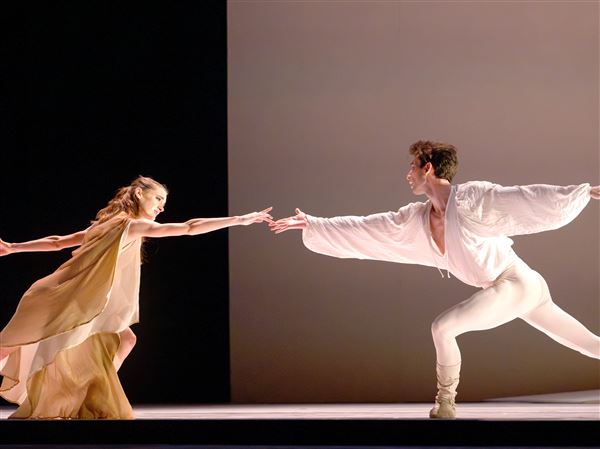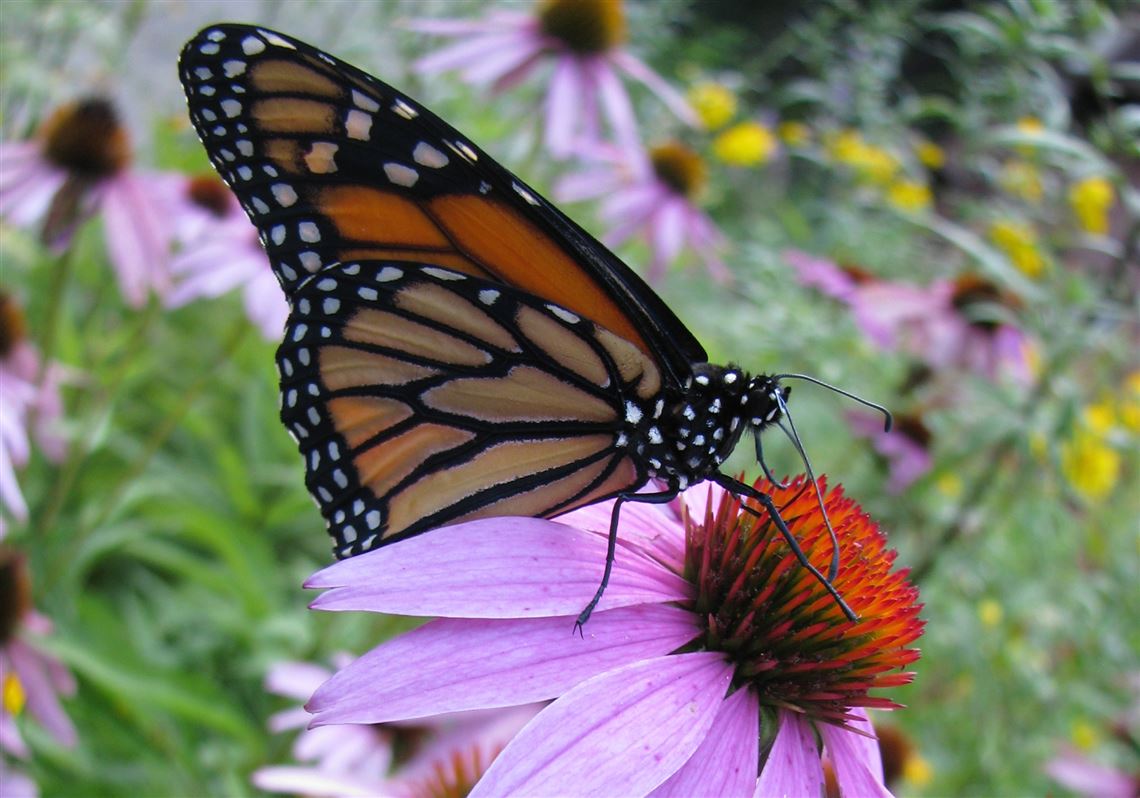The “Let’s Talk About Parks” series is designed to encourage exploration and discovery of Pittsburgh’s urban parks.
Progress often means constructing things. One season a grassy open space is a place for squirrels, birds, plants and deer to thrive, and the next season it may be gone to make way for new houses or a road. Sometimes, though, progress means that a block-sized asphalt parking lot becomes one of the city’s favorite greens spaces. Ten years ago this month, that is what happened to the space that is now Schenley Plaza. Celebrate its 10th anniversary with a tour of the flowers that now grow in this once barren space.
Schenley Plaza is nestled between the University of Pittsburgh’s library and the Oakland branch of Carnegie Library of Pittsburgh. Roman philosopher Marcus Tullius Cicero once wrote, “If you have a garden and a library, you have everything you need.” If gardens and libraries are everything you need, then Schenley Plaza is a place you must visit.
Schenley Plaza’s landscape was carefully designed to give the public amazing flowers to enjoy.
Throughout the spring and summer — and well into fall — Schenley Plaza garden blooms put on quite a show. These gorgeous flowers don’t happen by accident. Chosen based on bloom times, pest/disease tolerance and color. Chosen as an official display garden by the national All-American Selections gardening organization, many of the plants are All-America varieties. The flowerbeds are tended by Pittsburgh Parks Conservancy gardeners. In the coming weeks visitors will see coneflowers, zinnias, blanket flowers and petunias.
One look at a coneflower and you can tell where it gets its name. The common variety has large pinkish-purple petals that grow downward from the pronounced coppery centers, the blooms are conical in shape. They grow to a height of two or more feet and are able to survive harsh, hot dry weather. In addition to being pretty, coneflowers — properly called Echinacea — are the source of a popular herbal supplement that many believe helps keep immune systems healthy.
Blanket flower (Gaillardia x grandiflora) is a cheerful perennial with large daisy-like blooms. The plant is related to sunflowers, daisies and asters, and also grow well in hot climates. As their name suggests, they make an excellent groundcover, with some varieties dropping seeds that help spread the plant farther. They bloom until frost, and native to the central United States. Their blooms often feature one primary color with the tips of their numerous petals frosted in a contrasting hue.
Petunias, native to South America, are one of the most popular flowering annuals and can be found in abundance in Schenley Plaza. Petunias can come in nearly every color of the rainbow (look for purple ones at the plaza flower beds), and have a surprising family tree. They are in the same horticultural family as tobacco, cape gooseberries, tomatoes, potatoes and chili peppers. Their blooms are plentiful and may be solid or striped in combinations of red and white, purple and pink, or white with yellow fading into the inner cone of the flower.
Zinnias, another annual plant, come in nearly every color under the sun and are native to scrub and dry grassland in an area stretching from the Southwestern United States to central Mexico. While not native, they are not considered to be a nuisance, and their blooms look like perfect geometrical designs. Their small petals — called rays — layer upon each other around the center pistil made up of multiple tiny disk petals. Look for pink, purple, red and yellow zinnias in Schenley Plaza.
To plan your trip to Schenley Plaza, visit www.pittsburghparks.org/schenley-plaza.
First Published: June 28, 2016, 4:00 a.m.
















